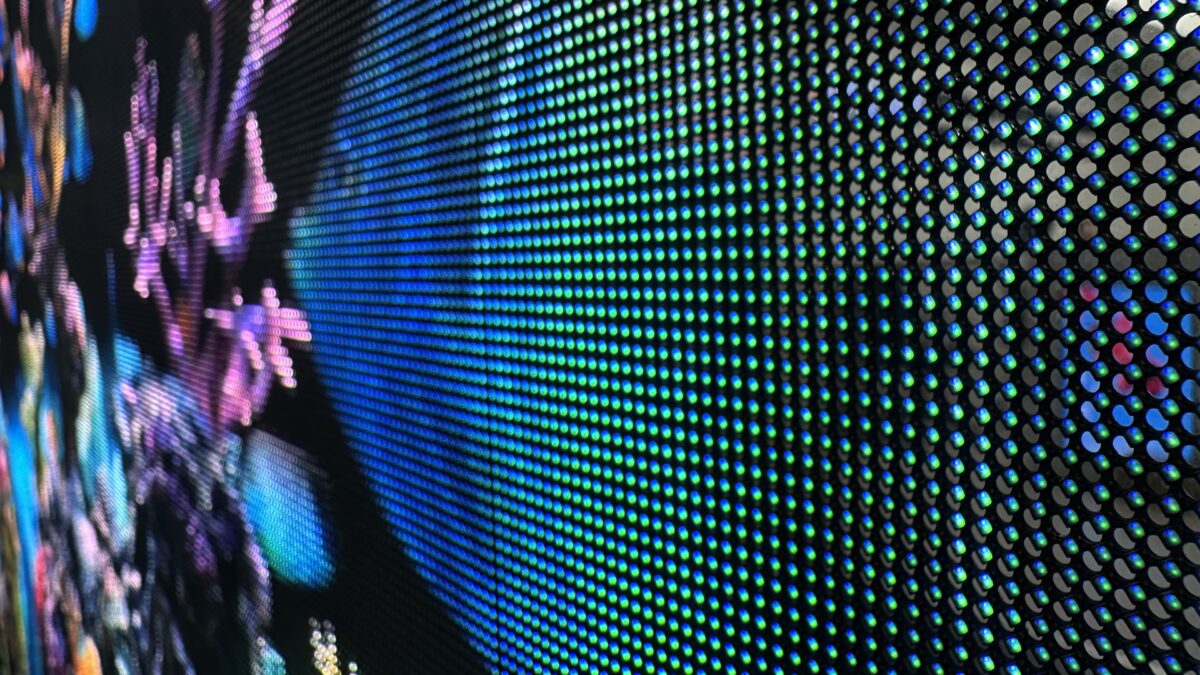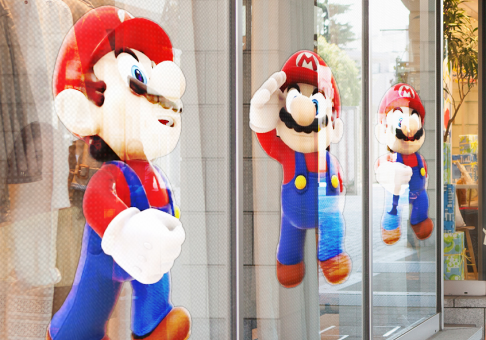Installation Methods for LED Film Screen
2023-11-27Differences between LED Film Screen and Electro-Optical Glass Screen
2023-11-29
In recent years, transparent LED transparent displays have gained a significant presence in urban beautification projects due to their innovative display methods, slim design, and sophisticated technological atmosphere. As a niche market within LED displays, transparent screens provide unparalleled visual experiences and new application possibilities. They enrich the variety and display methods of LED screens, filling the void in the field of transparent LED displays and offering a wider range of choices for customers.
With the industry’s explosive growth in recent years and increasing customer demands, the application scope of transparent LED displays has expanded to include two major markets: architectural glass curtain walls and commercial retail windows. This trend represents a new direction in the development of new media, highlighting the architectural media value and its increasing importance.
As LED transparent displays are widely used in various fields such as building facades, shopping malls, glass windows, high-end exhibitions, stages, and television studios, selecting the right transparent screen has become a key concern. Here are some considerations:
- Model Selection:
When choosing a model, pixel pitch is closely related to resolution. Manufacturers generally classify models based on pixel pitch. For example, for a model with a pixel pitch of P2.5-10mm, the optimal viewing distance is pixel pitch/0.3. P2.5mm is suitable for closer distances, while P10mm is used for longer distances. - Brightness Selection:
In environments with good or poor natural lighting, choose the brightness of the LED transparent screen accordingly. For darker environments, a brightness of around 1000-2500cd/㎡ is recommended to avoid glare and discomfort during prolonged viewing. In well-lit areas, brightness can be slightly reduced for a comfortable viewing experience. - LED Chip and Mounting Method:
LED light chips designed for transparent screens typically use single-lamp control, with one IC controlling one chip. Mounting methods include front adhesive or rear adhesive. - Cabinet Material and Craftsmanship:
Muxwave holographic transparent screens use aviation aluminum alloy cabinets with anodized surface treatment, which is superior to spraying. The framed structure provides stability. - Considerations When Choosing LED Transparent Displays:
Avoid cheap and unknown LED chips and choose high-quality ones. Muxwave uses chips with precise and consistent color, good stability, and uniform brightness to ensure a longer lifespan, vibrant colors, and excellent color reproduction. Choose experienced manufacturers for product safety assurance.
Muxwave’s holographic transparent screen brings together a professional and experienced research and development team. With multiple patents for invention and utility models, Muxwave has established a comprehensive system of independent intellectual property rights. The company operates a production base for “LED intelligent display driver chip scale packaging,” serving as a source manufacturer with a complete chain of chip design and intelligent manufacturing.
